Outstanding in his field
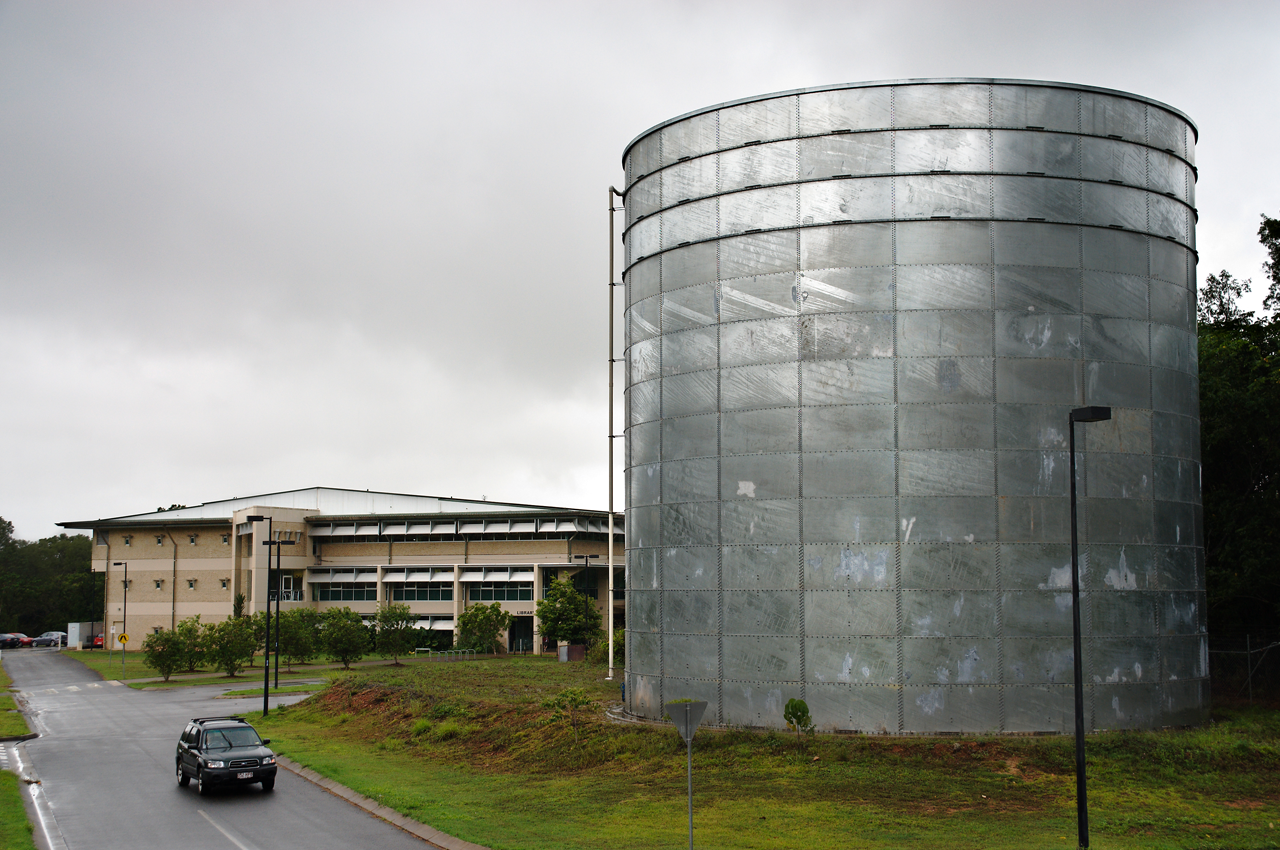
Sonia Holzheimer, M.AIRAH, remembers fondly the recently departed Graeme Standfield, F.AIRAH, whose designs for HVAC in the tropical north were innovative and influential.
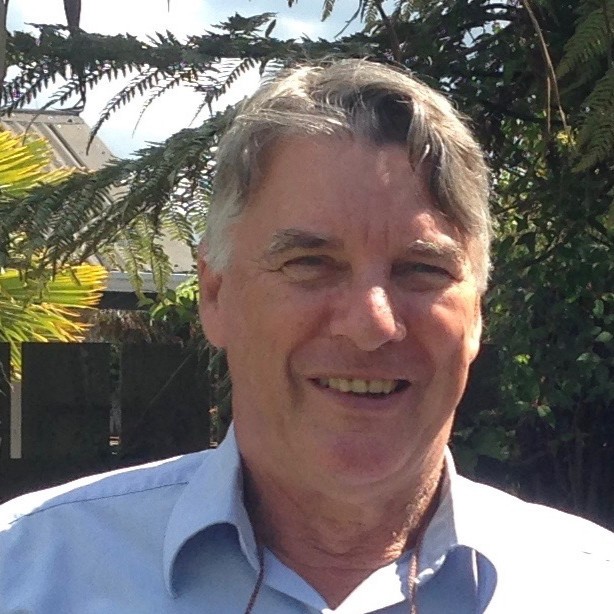

We all knew him as Graeme Standfield, but as far as Microsoft was concerned, he was “Grimey Studfield”.
In the early days of MGF NQ, when I first worked with Graeme, I would often send faxes (yes, I am that old) and assist him with emails and reports. Dutifully, I would spellcheck everything before issuing, only to find the computer stubbornly suggesting “Grimey Studfield” as a correction for Graeme’s name at the bottom of the page.
Now, I know some of you might wonder why I didn’t just add his name to the dictionary and be done with it. I believe I did, but for whatever reason, it kept reverting – a glitch in the Microsoft Office programming, which I’m sure has been fixed in the past 25 years. The more pertinent question is whether this virtual Freudian slip was apt?
Of course not. Well … not entirely.
In his spare time, Graeme loved nothing more than to take his BMW 1200R GS motorbike touring off-road, undoubtedly getting extremely “grimey” in the process. As for being a “Studfield”, well, we’ll never know because he was first and foremost a gentleman, and a gentleman never tells. However, I can say that Graeme was undoubtedly a charismatic man, with charm being just one of the many skills in his wheelhouse.
As a motorbike-riding, affable, and gregarious individual, Graeme defied the stereotype of an engineer and nerd in his personal life. Yet, in his professional realm, he perfectly embodied the essence of an engineer and was a genuine tech enthusiast.
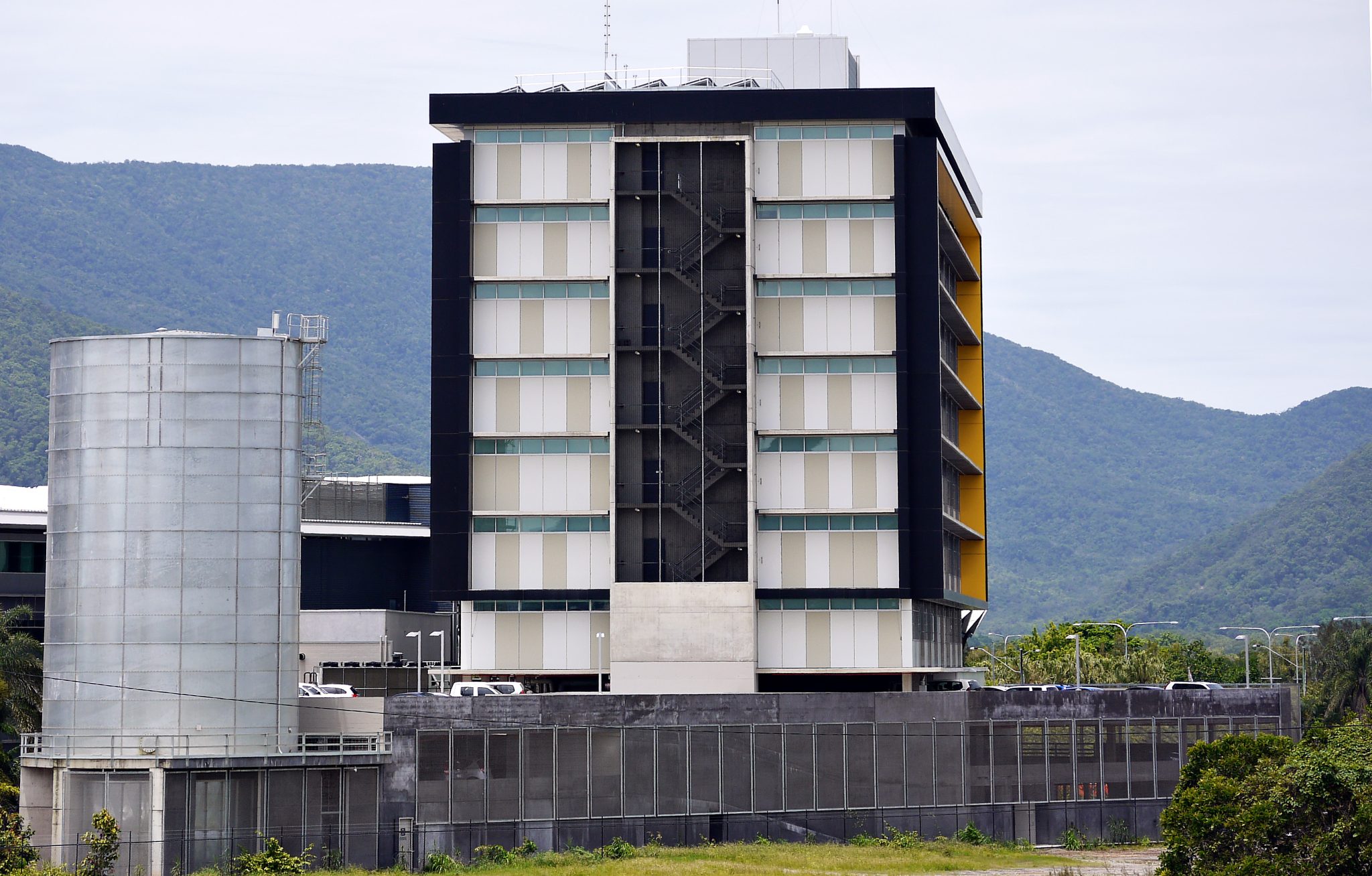

Over the years, Graeme experimented with several models of Hewlett Packard calculators. He held a particular fondness for his HP Palmtop, though he was dismayed by how poorly its lithium screens fared against the ambient humidity in Cairns. This led him to replace the screen multiple times, even resorting to purchasing a second-hand model from overseas, before ultimately resigning to using more conventional HP financial and HP graphics calculators – all RPN calculators (of course).
Graeme also keenly participated in the evolution of the Palm Pilot (distinct from his HP Palmtop) towards the smartphone, often acquiring the latest hand-held phone or tablet gadget on the market. His pioneering approach to technology extended even to MP3 players; Graeme owned an iRiver before the era of iPods had even begun.
Within the office Graeme consistently chose to use a Mac computer over the IBM systems, invariably causing a stir within the IT department. More recently, he sported a Swiss watch on one wrist and an Apple Watch on the other. Frankly, it wouldn’t surprise me if Apple had modelled its entire marketing strategy and campaigns around the ideal customer profile and prolific purchasing power of Graeme Standfield.
Graeme, of course, did not choose Apple over IBM just to be contrarian. And although I mentioned his habit of acquiring the next shiny new thing, I don’t believe he did this out of an addiction to consumerism or in the pursuit of instant gratification (although, wouldn’t we all be that way inclined if money were no object?). Graeme might belong to the “boomer” generation, but his openness to technology matches, if not exceeds, that of my own “zoomer” generation children. Graeme believed in the importance of quality and, therefore, the value of purchasing and using the best equipment available.
Above all, this avant garde, pioneering mentality was applied in the HVAC engineering world, to the betterment of the industry.
I walked into MGF’s office at the end of 1999 (in between the Darwin Uni tank and before WMPI – see breakout) as a fresh graduate with absolutely no experience and, as most who were or know a graduate engineer would attest, very little engineering knowledge of HVAC despite my bachelor’s degree in mechanical engineering.
My willingness to work without remuneration was a genuine offer made out of desperation to augment my future job prospects by gaining work experience. This strategy was unexpectedly effective; unbeknown to me, Graeme, having recently branched out from MGF, was not taking a wage himself. My earnest offer resonated with Graeme, and he employed me immediately, thankfully offering to pay for my time! Despite Graeme’s obsession with gadgets and technology, he never transitioned from the drawing board to CAD, so I handled his drafting and the majority of his heat loads, at least initially.
During the prime years of MGF (NQ), I was incredibly fortunate to witness first-hand the engineering prowess of Graeme. His work wasn’t confined to grand structures alone; his expertise profoundly impacted smaller, innovative projects such as the “cool school” initiative, where he grappled with the complex issue of maintaining comfort conditions in classrooms while introducing the required high volume of moisture-laden air. The state school approach was to install 2 x 10kW underceiling split systems and introduce untreated outside air via wall fans. Graeme, foreseeing the limitations of such an approach – particularly the inadequate latent capacity leading to uncomfortable humidity levels – chose a different path.
For the Catholic diocese schools, Graeme implemented a hygroscopic heat wheel to precondition the incoming air, enabling a reduction in cooling capacity from 20kW to just 14kW. I believe Graeme contributed to the detailed design of the Munters MiTi fresh heat exchangers, as evidenced by his conceptual sketches on butter paper I recall seeing in the project file. The MiTi fresh units, despite their large size and noise, offered a compelling rationale: They were more costly than a 10kW under-ceiling split system but promised a relatively short payback period by reducing energy usage with improved humidity and comfort conditions within the classroom.
Another example: for the JCU Cairns Library building Graeme designed an outside air dehumidification plant in 1998, which comprised a hygroscopic heat wheel in conjunction with a chilled water coil and built-up refrigeration system to pre-cool and reheat the outside air. A few manufacturers offer such equipment as package plant now, but Graeme designed and specified this pre-conditioner and many others entire from scratch.
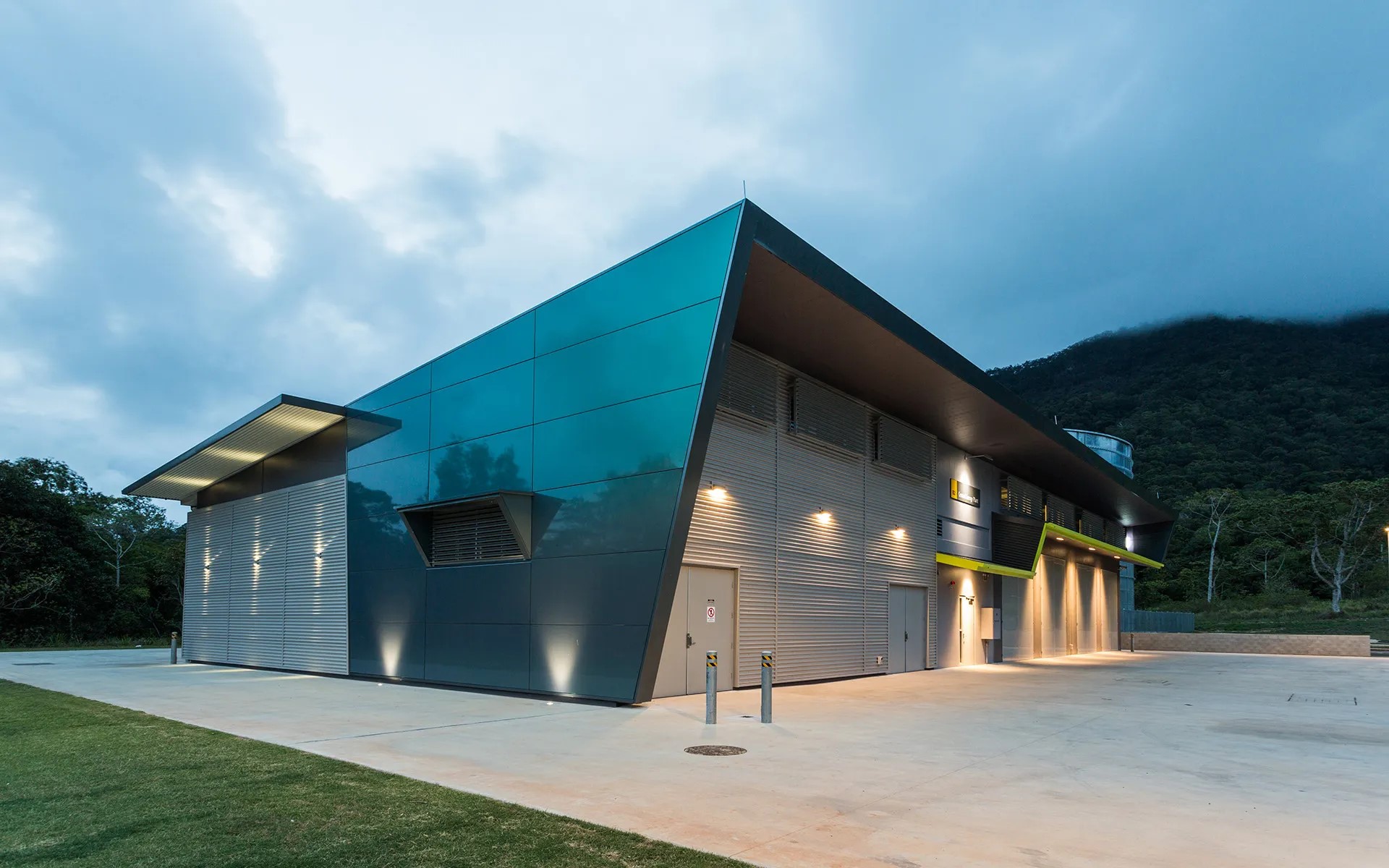

As Graeme’s reputation grew, so did demand for his assistance. MGF (NQ) was a very productive mechanical and electrical firm, which grew from a small group of four up to 28 staff across Cairns and Townsville.
We all grappled with work-life balance, each finding our unique approach. Graeme’s strategy involved dedicating Saturdays to work, following his morning socials, enjoying the empty office’s tranquillity to write reports or devise solutions for the coming week. As he entered his 60s, Graeme adopted the practice of taking brief five to 10-minute power naps to be rejuvenated. I say that he achieved the rejuvenation in five to 10 minutes, but I’m certain that he would have napped for longer, if given the opportunity, but invariably his mobile phone would ring and he would answer, usually sharing unabashedly with the caller that he had just been having a power nap before happily discussing the enquiry.
Graeme displayed a remarkable composure under deadline pressures, often humorously noting, “I can watch them [deadlines] whizz by all day”. His humour extended to quipping about wearing “tin pants” to meetings as a playful defence against potential reprimands. This laid-back attitude wasn’t a sign of disrespect or negligence but rather a serene assurance in his ability to address challenges in due time, combined with an unyielding optimism and confidence in his problem-solving abilities.
Numerous buildings in the Cairns and greater region benefited from his involvement during his time at MGF, MGF (NQ), GHD and finally with SEQUAL. As I have remained in Cairns throughout my professional life, and considering the service of HVAC plant ranges between say seven to 30 years, I continue to come across Graeme’s designs. I have found installations based on his work are invariably near identical to his design drawings. I assume the installing contractor was well aware, as am I, that his design was fully considered and every element necessary and it would be unwise to deviate.
Graeme wasn’t just good at the coal-face engineering either; unlike most engineers he was also an exceptional writer. His reports were authentic, persuasive, and informative, without being overly technical and, most importantly, concise and effective. To this day I will often read or refer to (harvest!) from his many reports prepared on HVAC-related matters.
Graeme was fearless as an engineer and with his design solutions because his grasp of the thermodynamics and psychrometrics was beyond expert. When he believed further explanation or elaboration was necessary, he would point me in the direction of his vast technical library, which I am confident he had read, at least once. Before Graeme moved to Victoria, he bequeathed me many of his textbooks, which naturally included AIRAH Design Application (DA) manuals from the early 90s, every ASHRAE handbook since the mid 90s, numerous ASHRAE guides on cool/thermal storage, Trane and Kirby refrigeration reference books, dozens of books on air conditioning, and a few other notable classics like More Hints on Steel, as a successor to Hints on Steel (which apparently didn’t cover enough ground), Facts Worth Knowing about Frequency Converters, Complete College Physics [1960] and Standard Handbook of Engineering Calculations (which must way 2kg, at least).
When the apocalypse occurs and all the mechanical engineering knowledge accrued by humankind is destroyed online, thanks to Graeme’s extensive library curation, we shouldn’t have to start anew.
Although aware of Graeme’s illness, his passing came as a huge shock. We had discussed his prognosis, and he reassured me in his unflappable manner that the doctors were confident he could live for another 10 or 20 years. Given the severity of his cancer at discovery, I knew deep down the likelihood of the optimistic outcome Graeme spoke of was slim. Yet, after years of looking up to him for advice and guidance, his optimism swayed me. His advice had never led me astray before, so I wasn’t going to doubt him now, even in the face of the impossible.
Graeme was an exceptional mentor, generous with his knowledge and time. He had joy in his work and his optimism was inspiring. I consider myself extremely lucky to have worked alongside him, fully recognising the privilege it bestowed upon me. My achievements and growth in the field of engineering are made possible by the foundation and guidance provided by Graeme.
“If I have seen further,” as Isaac Newton wrote, “it is by standing on the shoulders of giants.”
Graeme Standfield, F.AIRAH, achievements – a selection of highlights
- 1986: MGF introduced the first ICE thermal energy storage system into Queensland at the Mater Hospital in Townsville.
- 1986: MGF introduced the first total enthalpy wheel into Queensland at the Smithfield Taven in Cairns. Graeme was an early adopter of this technology, as such wheels only emerged globally in the mid 1980’s.
- 1997: MGF designed Australia’s first stratified chilled water thermal energy storage at Darwin University, a solution conceived by Graeme to mitigate peak load challenges on large campuses in response to a nation-wide competition aimed at overcoming site peak load constraints.
- 2002: Graeme designed the mechanical services for Australia first 5 star NABERS (formerly AGBR) rated building – WMPI
- 2009: Graeme designed the mechanical services for Australia’s first 6 star Greenstar building constructed in the tropics.
- Following on from the success of Darwin University TES project, Graeme went on to develop a 3ML TES system for James Cook University’s Cairns Campus, which later paved the way for a 12ML system completed at JCU’s Townsville Campus.
- Up until the purchase of MGF (NQ) by GHD in 2011, Graeme had played a key role in the development of all stages of the James Cook University Cairns Campus.
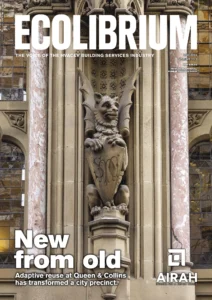
This article appears in Ecolibrium’s May 2024 edition
View the archive of previous editions
Latest edition
See everything from the latest edition of Ecolibrium, AIRAH’s official journal.





